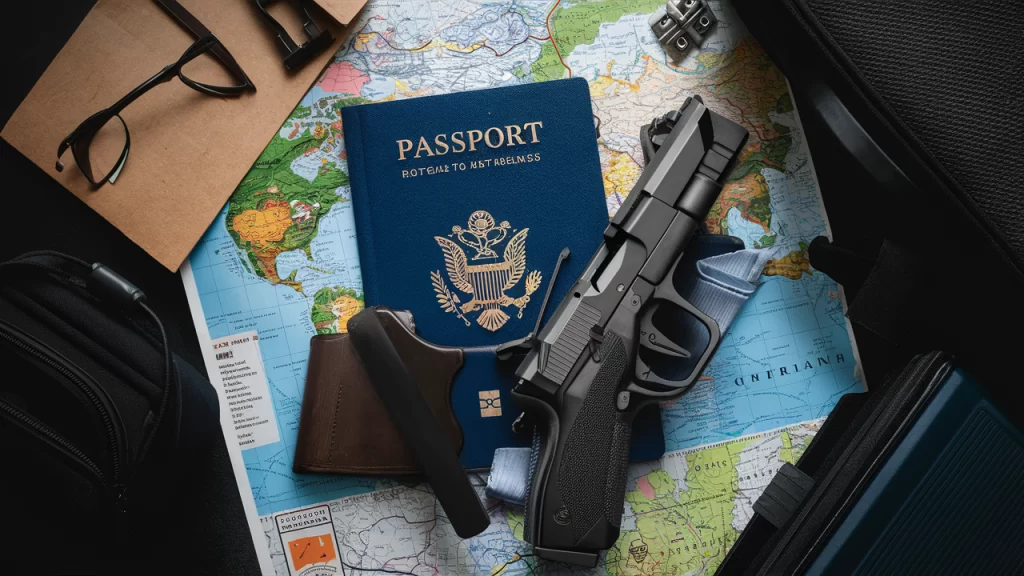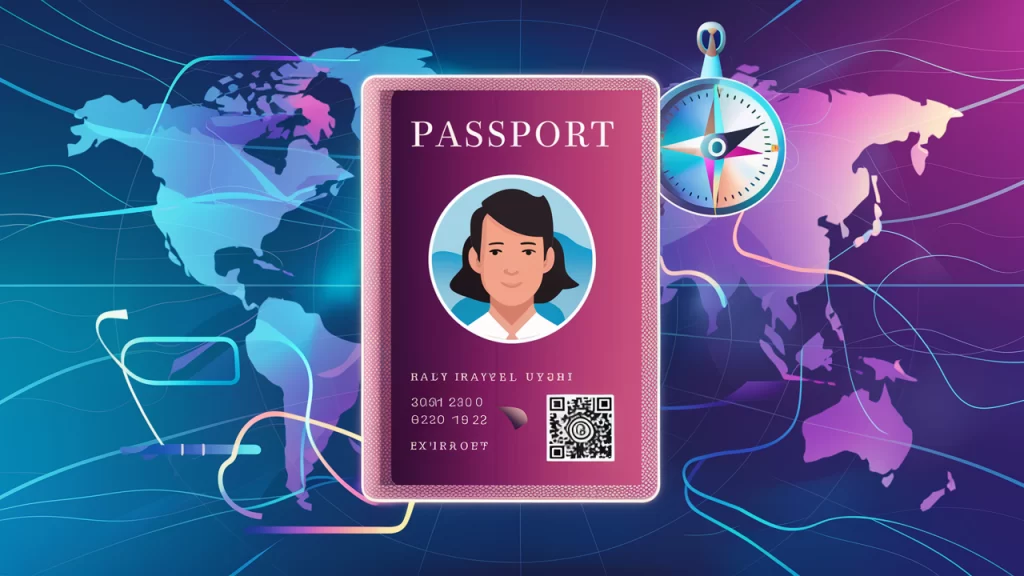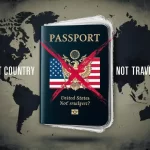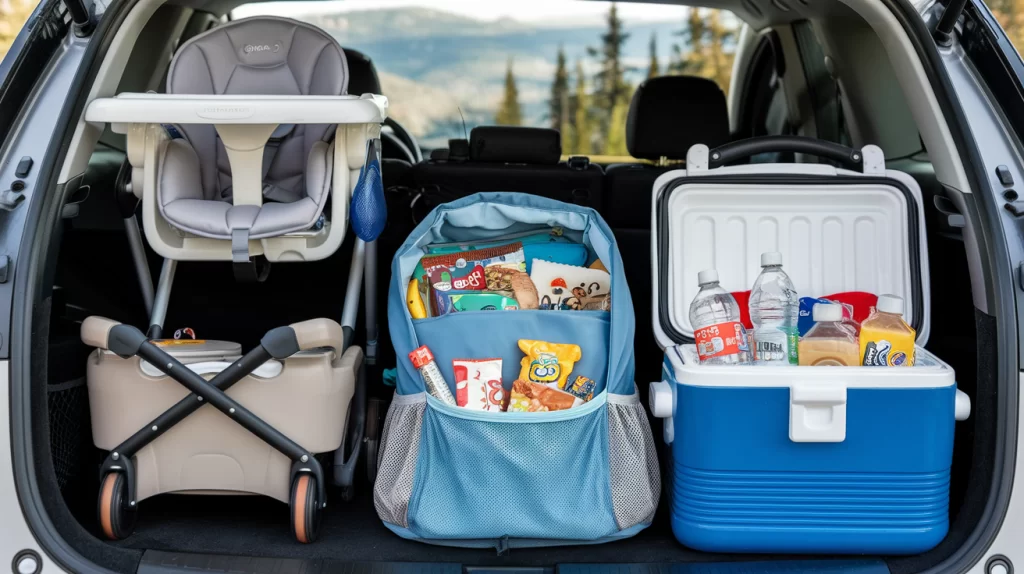Traveling with firearms requires careful planning and adherence to specific rules and regulations to ensure compliance with local, national, and international laws. This guide outlines essential information for travelers intending to transport firearms safely and legally.

Content
Gun Laws While Traveling by Car
When traveling with firearms within the United States or internationally by car, it’s crucial to be aware of the varying gun laws that apply in different states or countries. Here are key considerations:
- State and Federal Laws: Familiarize yourself with the firearm laws of each state or country you will pass through or visit.
- Transportation Requirements: Firearms should be unloaded and secured in a locked container, such as a trunk or a dedicated gun case. Ammunition must be stored separately.
- Permit Requirements: Some states require a permit or license to possess firearms, even when passing through.
TSA Approved Gun Cases:
Ensuring Compliance and Safety
Transporting firearms via air travel involves strict adherence to TSA (Transportation Security Administration) guidelines. Here’s what you need to know:
- Approved Gun Cases: Use only TSA-approved hard-sided gun cases to transport firearms.
- Locking Mechanisms: Cases must have sturdy locks that only you can access.
- Declaration Process: Declare your firearm and ammunition at the airline check-in counter. TSA may inspect the firearm and verify that it is unloaded.
Do You Need a Permit to Fly with a Gun?
The requirement for a permit to fly with a firearm depends on your destination and the specific airline policies. Consider the following:
- Domestic Flights: Generally, a permit or license is not required if traveling within the same country, but compliance with TSA regulations is mandatory.
- International Flights: Most countries require a permit or license to enter with a firearm. Research and obtain necessary permits well in advance.
How to Get an International Gun License
Obtaining an international gun license involves several steps and varies by country. Here’s a general process:
- Research Requirements: Understand the specific firearm laws and regulations of the country you plan to visit.
- Application Process: Contact the embassy or consulate of the destination country for information on applying for an international gun license.
- Documentation: Prepare required documents such as proof of firearm registration, travel itinerary, and personal identification.
- Approval Timeline: Allow sufficient time for processing, as international permits may take weeks or months to obtain.
Conclusion
Traveling with firearms demands meticulous preparation and adherence to legal requirements to avoid complications or legal consequences. By understanding and complying with local laws, using approved gun cases, obtaining necessary permits, and ensuring safe handling throughout your journey, you can travel with firearms responsibly and legally.

An avid traveler, Kirk Grover has been to over 50 countries. He has an extensive background in tourism and hospitality management, along with a degree in Hospitality Management from the University of Nevada Las Vegas. Kirk is very knowledgeable about travel-related topics – they are always up to date on the latest deals for flights, hotels, and other adventures around the world.











